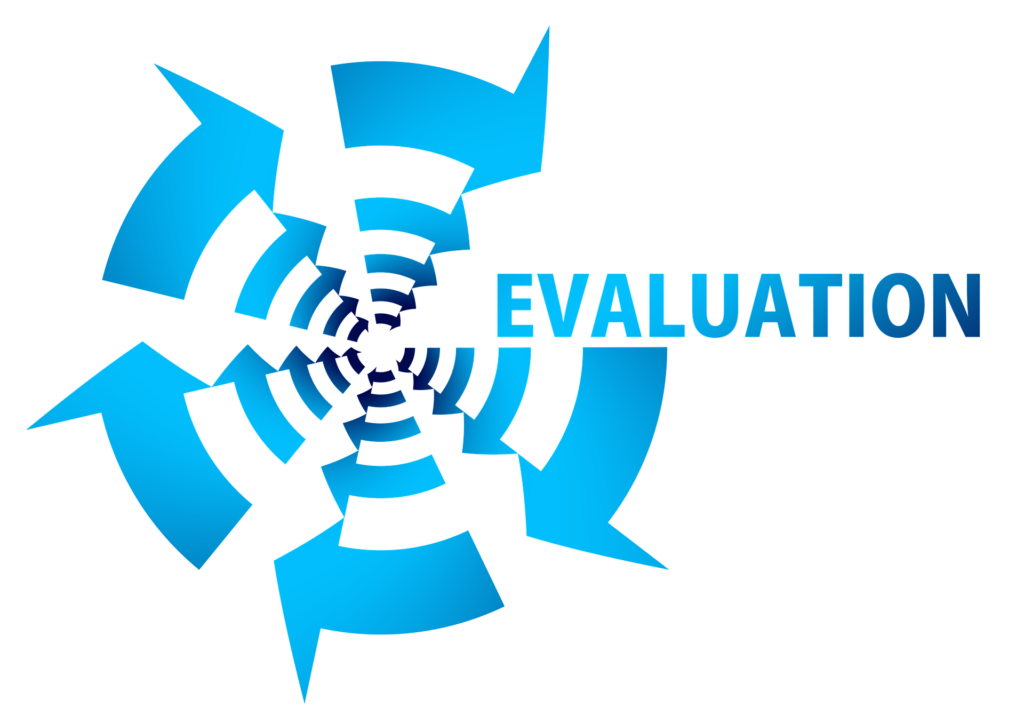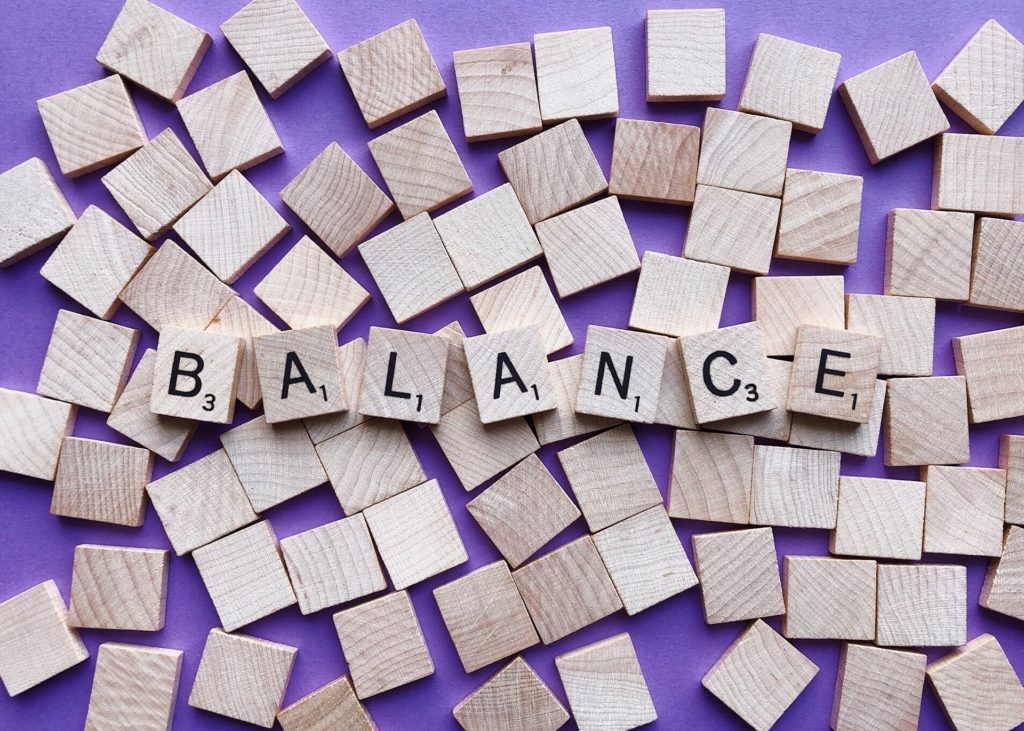Introduction
In these series of articles on investment, we have looked at why you should invest your money, how to get money for investment, and the different investment vehicles you can deploy. If you missed any article in the series, do well to read up.
As the quarter ends, I want to end this series by explaining how to monitor and evaluate your investments.
It is not enough to make smart investment decisions and build up a good portfolio. Remember that one of the things I emphasized in this series is the need for you to have concrete investment goals. Consequently, you need to monitor the performance of your portfolio with your investment goals as the benchmark. The question you are asking is, “does the performance of my portfolio align with my investment goals?”
If this whole process of monitoring and evaluating your investments seems too technical or complicated for you (it is not), you can employ a portfolio manager or investment manager to handle it on your behalf.
However, even if you decide to do this, as a responsible investor, you still need to monitor and evaluate your investments.

Monitoring your Investments
How then do you monitor and evaluate?
It starts with monitoring. Every brokerage firm you invest with will send you regular valuation statements. These valuation statements are statements of account that show your current investments, their current value, the cost of the investments, returns on investments, and the weight of each investment to your total investment.
Mutual Funds will also send you a regular valuation statement. Banks will also send periodic statements of accounts for your savings accounts.
These statements are a good place to begin.
Certain tools help to monitor your investments from a central location. Morning Star provides one of these tools. Personal Capital also provides a tool that helps with this. By uploading or manually inputting your investment accounts, you can keep an eye on them from the central location.

Evaluating Investments: Useful Criteria
What should you look for when evaluating your portfolio?
There are many criteria that you should keep an eye on. However, it is the financial goals that you set that will guide you in this entire process.
Diversification
One of the absolute essentials is the diversification of your portfolio. The question here is whether there is sufficient diversification to manage risk.
Some of the things you should consider include:
- Are your stock investments too concentrated in one sector of the economy? When your stock investments are too concentrated in one sector, you will get hurt in a significant way if the sector experiences a downturn. Take a long look at your stock investments and examine if there is a sufficient level of diversification at this level.
While trying to diversify your investments across different sectors of the economy, keep your investment goals in mind. You need to have clear criteria that a stock must meet before you purchase it. What you are trying to do here is look for stocks that meet those criteria in different sectors rather than a single sector.
- Fixed-Income diversifications: Diversification is not only for stocks. When you invest at the level of fixed-income securities, there is also a need for diversification. We mentioned this when we talked about bonds and certificates of deposits. Different fixed-income securities offer various benefits. Having a good portion of them rather than a single one will help reduce the risk in your portfolio. If you buy some corporate bonds, you may balance the risk with some federal or municipal bonds, treasury bills, or CDs.
Another important point here is tying down cash. Diversification also means investing in assets that will mature across different time horizons. Such type of diversification helps you to reduce the risk of exposure to interest rate variations (especially bonds and CDs). Use the bond ladder or the CD ladder system to achieve this.
- Mutual Funds diversification: If you decide to buy mutual funds rather than individual stocks, there is also a need for diversification. You need the right balance between equity funds and fixed-income securities funds. Similarly, you should consider investing in index funds that track the performance of an index as a way of minimizing risk and cost.
- Are your investments too localized? Some investors have all of their investments in a single country. The problem with that is that when the country experiences a recession, all your investments suffer. However, when you put some of your investments in foreign markets, you reduce the risk. Only a global financial crisis can deal a huge blow to your portfolio. Review your portfolio. Look for ways to diversify across markets. Hold on to your criteria and look for investments in other countries that match.

Structure
Finding the right portfolio structure is essential. What mix of equity to fixed-income securities should you target?
The primary factor to consider here is the proximity to retirement. The farther you are from retirement, the more the equity you should purchase (you have enough time to take more risk in anticipation of higher returns). The closer you are to retirement, the more the fixed-income securities you should purchase (the lesser the risk you can take with stocks).
It is hard to put down a hard and fast rule here. It depends on your risk profile. Dana Anspach, writing for The Balance, gives the following advice:
- Ultra Aggressive: 100% in stocks.
- Moderately Aggressive: 80% in stocks, 20% in bonds and cash.
- Moderate Growth: 60% in stocks, 40% in bonds and cash.
- Conservative: 50% in stocks, 50% in bonds and cash.
However, when you are closer to retirement, you need to reduce your investment in stocks and increase your investment in fixed-income securities.
Analyze your current portfolio, consider how close or far you are from retirement, and decide if you need some adjustments. You may need to increase your stock or fixed-income investments as the case may be.

Returns and Risk
Another issue to consider when evaluating your portfolio is the risk-return dynamics. The question is, “does this particular investment provide a higher return for a higher level of risk, or can I get the same returns (or comparable returns) for a lower level of risk?”
There is no point in taking a higher risk if the returns are not significantly better. Similarly, you need to consider if you can get a higher return at the same level of risk (or comparable level). An example of this is high-yield savings accounts. Some online banks will pay you a higher rate of interest without any stringent conditions. Why keep the savings account with your bank if there is another trustworthy bank offering higher returns with no difference in risk (except the online bank is not FDIC-insured).
You should do the same for your stocks and CDs. For stocks, you need to consider if other companies also meet your criteria but pay higher returns with no additional risk. Why not take advantage of those opportunities. For CDS, it may surprise you how many banks offer a higher return than the one you currently use (with no significant increase in risk). This is the art of shopping around. However, always keep your financial goals in sight.
Company Fundamentals
There is no true evaluation of investments that do not evaluate the fundamentals of the companies. This is especially applicable to stocks and corporate bonds. For stocks, you need to be sure there has not been a significant change in the fundamentals of the company that makes it fall short of your criteria.
Such fundamental changes may include a change in management or technological disruption in the industry. The value of a company is in its ability to earn consistent and stable returns over the long run. If you see non-temporary factors that cast doubt on this, you may need to sell your stake in that company. There are temporary changes that may cause a decline in performance. However, here, we are looking for more significant (fundamental) changes.

Funds
When you purchase mutual funds, the level of evaluation changes. Now, you are not evaluating individual stocks (since you don’t have a choice in the stocks the fund buys) but mutual funds. When you assess a fund, you are keeping an eye on their expenses ratio, management fees, and performance.
If other mutual funds publish better performance at an equal or lower cost (expenses ratio and management fees), you should consider jumping ship. Do not forget to use index funds to manage risks. Also, seek the right balance between equity and fixed-income funds.
Tax Efficiency
Does the structure of your portfolio provide tax advantages or disadvantages?
You may think tax does not matter, but it does. Including tax-free (at the level it is tax-free) federal and municipal bonds can be a good idea. If the interest from your corporate bonds post-tax is lesser than the interest on your federal and municipal bonds, why not take the tax advantages (and lower risk) of the latter.
Index funds tend to generate less tax expense than actively managed funds. Ask yourself if the advantages of purchasing actively managed funds outweigh the extra tax expense. You should also consider the tax benefits of ETFs and how they may fit into your portfolio.
Small-cap stocks tend to accumulate more tax expenses due to the frequency of purchase and sale. If you are an income investor, you need to keep the right balance of small-cap, mid-cap, and large-cap companies to achieve tax efficiency.

Inflation
An investment that does not beat inflation is hardly worth purchasing or keeping (ceteris paribus).
When you evaluate your portfolio, make sure your investments have returns that beat inflation. If they do not, it may be time to consider replacing them with investments that do.
Fees
Brokerage fees are part of the cost of investing in some classes of assets (stocks, especially). These fees may be insignificant until you look at them in a summary fashion. You must shop around for the most reputable brokerage firms with the lowest fees. The fee is not everything. However, after you have considered all the other essential factors, you will still find companies that meet those criteria and charge lower fees. Shop around for the best deals.
Ensure you are keeping your costs to the barest minimum.
Conclusion
He, who fails to plan, plans to fail. Also, he who does not evaluate his actions according to the plans is better off not planning. Evaluation (controlling) is the key to everything in life, including investments. Keep an eye on your investments and ensure your current portfolio is structured in a way that makes it easier for you to achieve your goals.



0 Comments